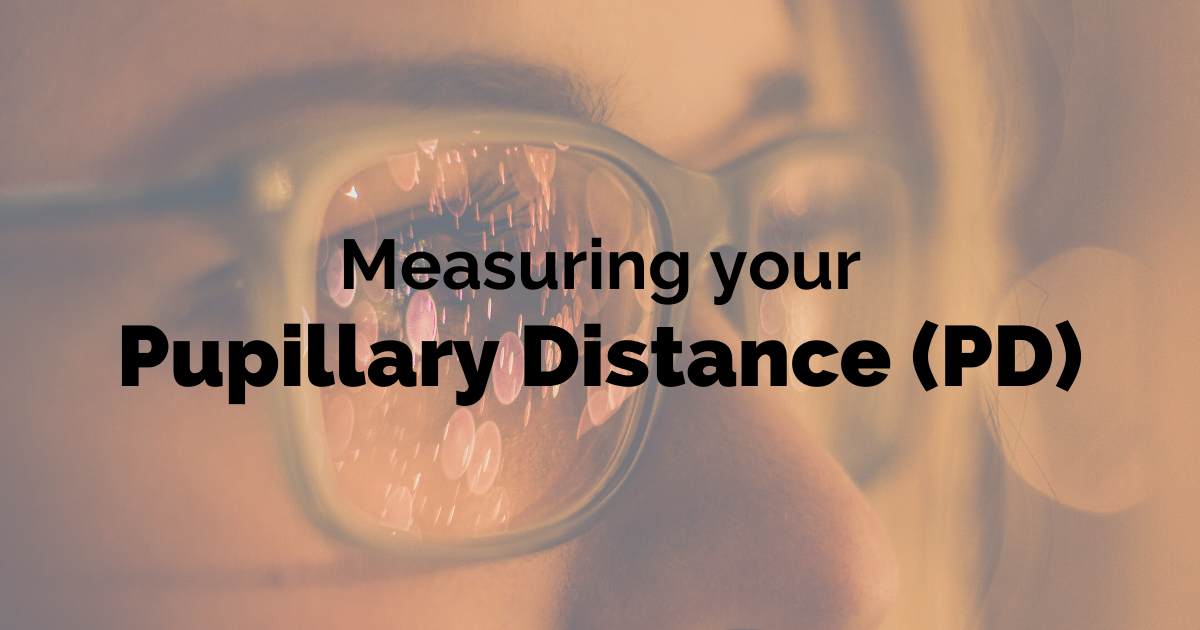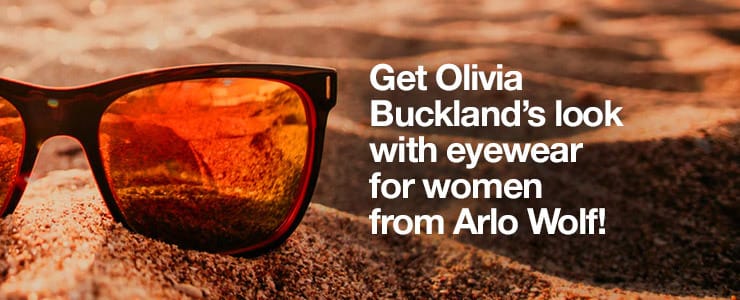When the sun casts its brilliant rays upon us, few accessories are as essential as a good pair of sunglasses. But not all sunglasses are created equal, and one term that often arises in discussions about eyewear is “polarised.” What exactly does this mean, and why should you consider polarised sunglasses for your next eyewear investment? Did you know that all our Arlo Wolf sunglasses can be upgrade to include polarisation?
Polarisation Explained
First, let’s delve into the science behind polarised sunglasses. Light typically scatters in all directions, but when it reflects off certain surfaces like water, snow, or roads, it becomes polarised. This means that instead of scattering in all directions, the light waves align horizontally, causing intense glare. This glare can not only be irritating to the eyes but also potentially dangerous, especially when driving or participating in water sports.
Polarised sunglasses feature a special filter that blocks this intense glare, allowing only vertically oriented light to pass through. This results in significantly reduced glare, enhanced visual clarity, and improved depth perception.
A Glimpse into the History of Polarisation
The history of polarised sunglasses traces back to the early 20th century, with the credit for their invention going to Edwin H. Land, an American physicist, and inventor. Land, famous for co-founding the Polaroid Corporation, developed the first polarised material in 1929. Initially, he was experimenting with polarised light in his laboratory when he discovered a way to align polarising crystals and create a film that could be used to reduce glare. This innovation laid the foundation for various applications, including polarised sunglasses.
Polarised vs. Non-Polarised Sunglasses
The primary difference between polarised and non-polarised sunglasses lies in their ability to combat glare. Non-polarised sunglasses merely reduce the overall amount of light entering the eye but do little to eliminate glare caused by horizontal light waves. On the other hand, polarised sunglasses effectively block horizontally polarised light, significantly reducing glare and providing clearer vision, especially in bright conditions.
Additionally, polarised lenses can enhance contrast and improve colour perception, making them particularly advantageous for outdoor activities such as fishing, skiing, or driving.
How to Check if Your Sunglasses Polarised?
Determining whether your sunglasses are polarised is relatively simple. One common method involves looking at a reflective surface like glass or water while wearing the sunglasses and then tilting your head sideways. If the lenses are polarised, you should notice a significant reduction in glare or a darkening effect as you tilt your head. Another method involves looking through two pairs of polarised sunglasses and rotating one pair while looking through both. When they’re properly aligned, the lenses will darken, indicating that they’re polarised.
Final Words
Polarised sunglasses offer more than just style; they provide practical benefits that enhance vision and protect the eyes from glare-related discomfort and potential hazards. Thanks to the ingenuity of inventors like Edwin H. Land, we can enjoy clearer, more comfortable vision in even the brightest conditions. So, the next time you’re in the market for sunglasses, consider opting for polarised lenses to see the world with clarity and comfort. We offer them right here at Arlo Wolf. Personally I always go for polarised Sunglasses. They give my eyes a much better protection.

 What is blue light and how do you reduce it?
What is blue light and how do you reduce it? How to measure your Pupillary Distance (PD)
How to measure your Pupillary Distance (PD) Get Olivia Buckland’s look with eyewear for women from Arlo Wolf!
Get Olivia Buckland’s look with eyewear for women from Arlo Wolf! Hugo Boss style glasses from Arlo Wolf!
Hugo Boss style glasses from Arlo Wolf!